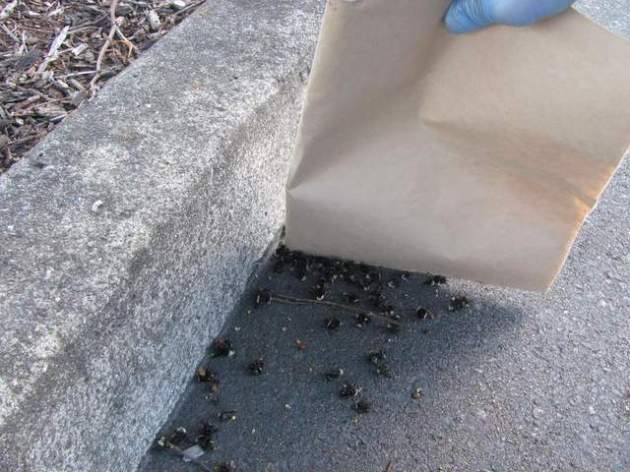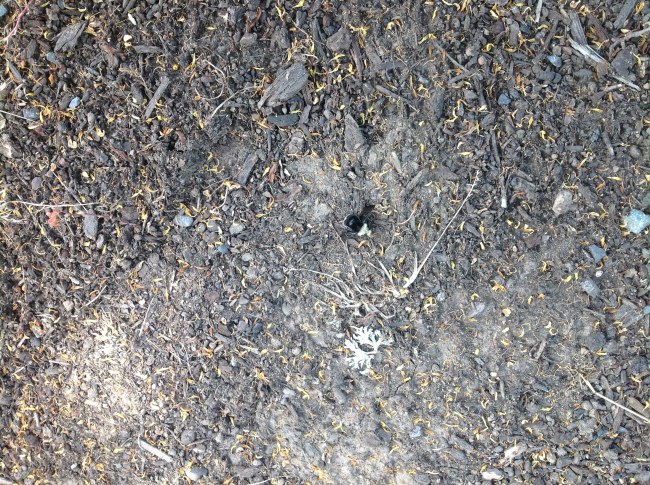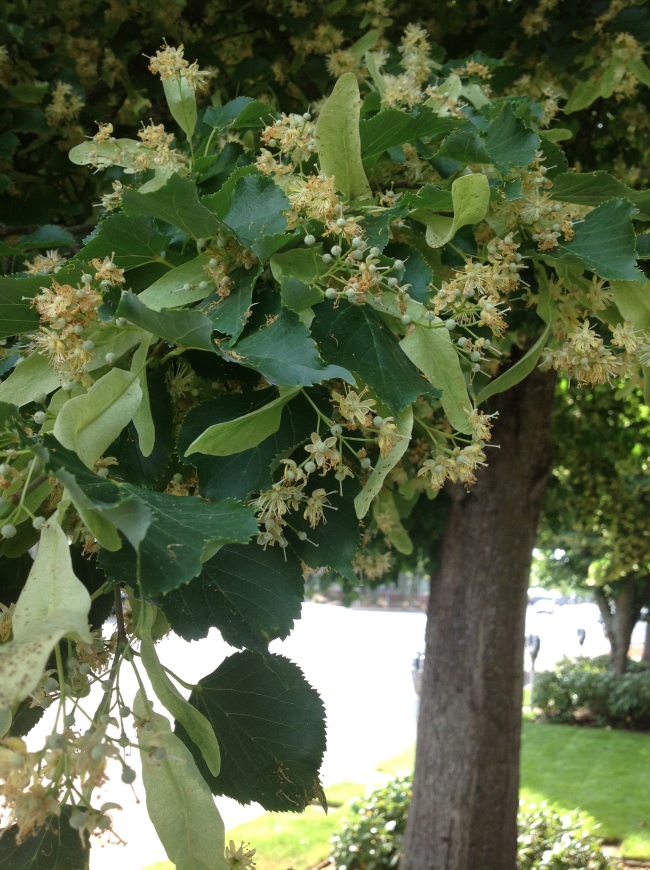Oregon Department of Agriculture has released their reports of the bee die-offs that occured this past year in West Linn, Wilsonville, Portland, and Hillsboro Oregon…

Photo credit – Statesman Journal
http://www.statesmanjournal.com/article/20140123/GREEN/301230022/Report-shows-details-bee-death
The article confirms what many suspected at the get go – for those of you “TL;DR” folks out there… here’s the sum-up.
For the most part, in all of these circumstances, the insecticide in question – imidacloprid – was applied incorrectly. Dosages were wrong, application times not in accordance with packaged instructions, people applying in circumstances that they don’t have a license to apply for that circumstance… so it seems according to ODA’s reports that it was a situation of human error in the process RATHER than the actual pesticide itself causing the die-offs…
The fact is – these neonicotinoid pesticides are harmful to pollinators. There are other options… and other ways to go about it. The State of Oregon recently acted to ban 18 different neonicotinoid pesticides in the wake of this issue – but that ban expired December 24th… the good news is, Oregon is requiring an Oregon specific label that will go on these pesticides so that they can reduce the potential for this happening again – also enacting rules that don’t allow Linden trees (basswood) to be sprayed with these insecticides. Period. That will hopefully reduce the issues of the imidacloprid in the foliage and nectar which was killing the bees left and right in these situations.
What’s tough with putting the responsibility on the applicator is that there will always be some that don’t read the label, don’t dilute, and don’t follow the instructions, so the sad reality is, this will likely happen again. The labels will help, a ban would be better…
… but unfortunately, this is all too little too late for Jim Barlean of Barlean’s Honey – located in Milwaukie, Oregon… Jim lost the majority of his bees and his entire honey crop this year due to this issue – and as a backyard beekeeper, it’s concerning to me since we can’t really control where the girls are going… evidenced by the bright red honey discovered only a few weeks ago in my own hives from the cherry plant a few blocks away.
One of the best components of what I saw in ODA’s plan to combat this in the future was education efforts – showing people exactly what that random-stuff-they-bought-at-whatever-box-store-they-bought-it-at and are spraying all over their gravel paths, walkways, garden beds, fencelines is doing to flowers and the pollinators it’s being transferred to. Our pollinators have a hard enough go of it already and the toxic cocktail of pesticides, fungicides, and all the other ‘cides’ we’re tossing their way isn’t helping.
The documents that ODA has released to the Statesman Journal can be found below for your persual… There are 4 separate documents detailing their findings in each of the incidents that Oregon Department of Agriculture investigated.
West Linn Incident – Oregon Golf Club
Portland Incident – 200 Market Building



